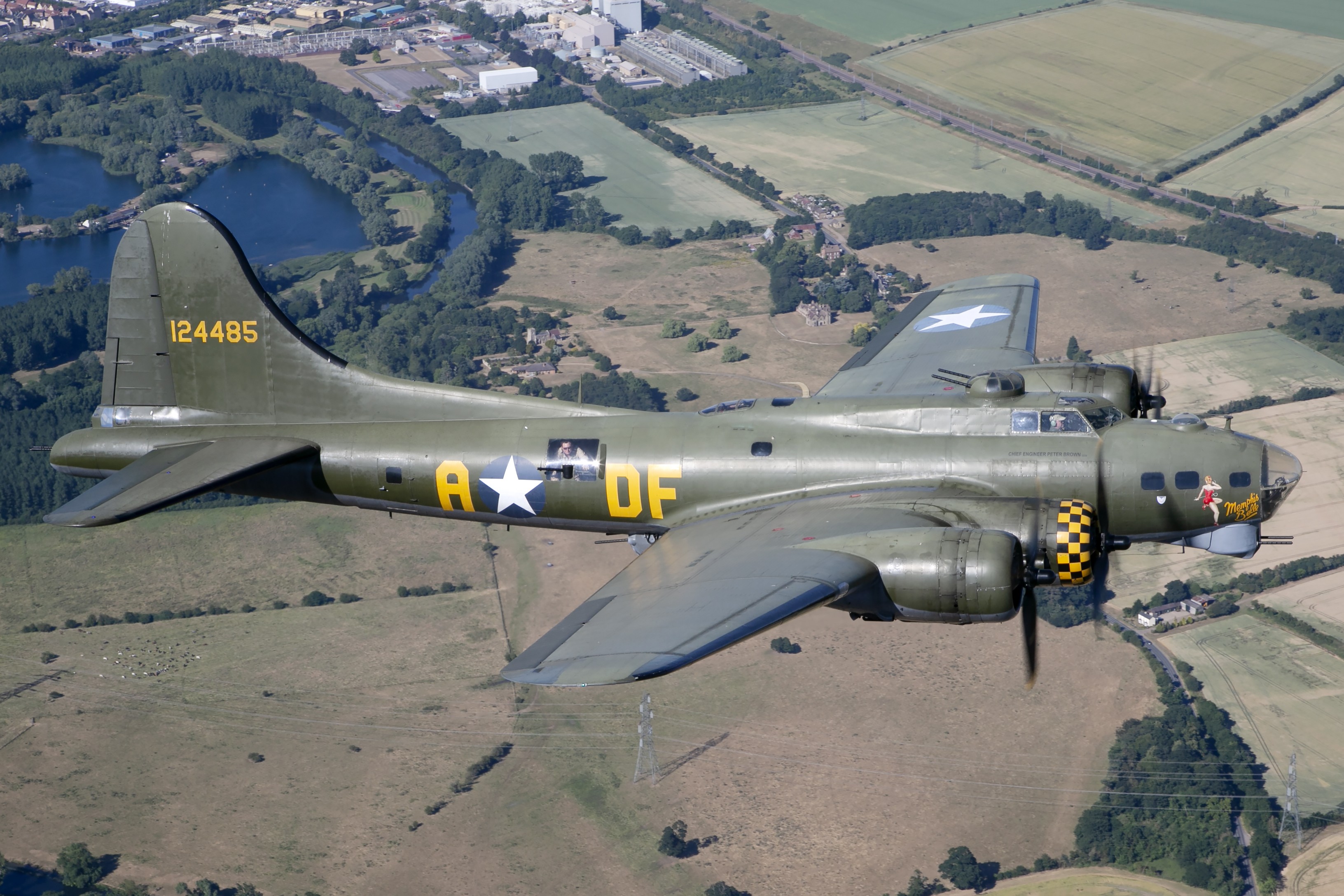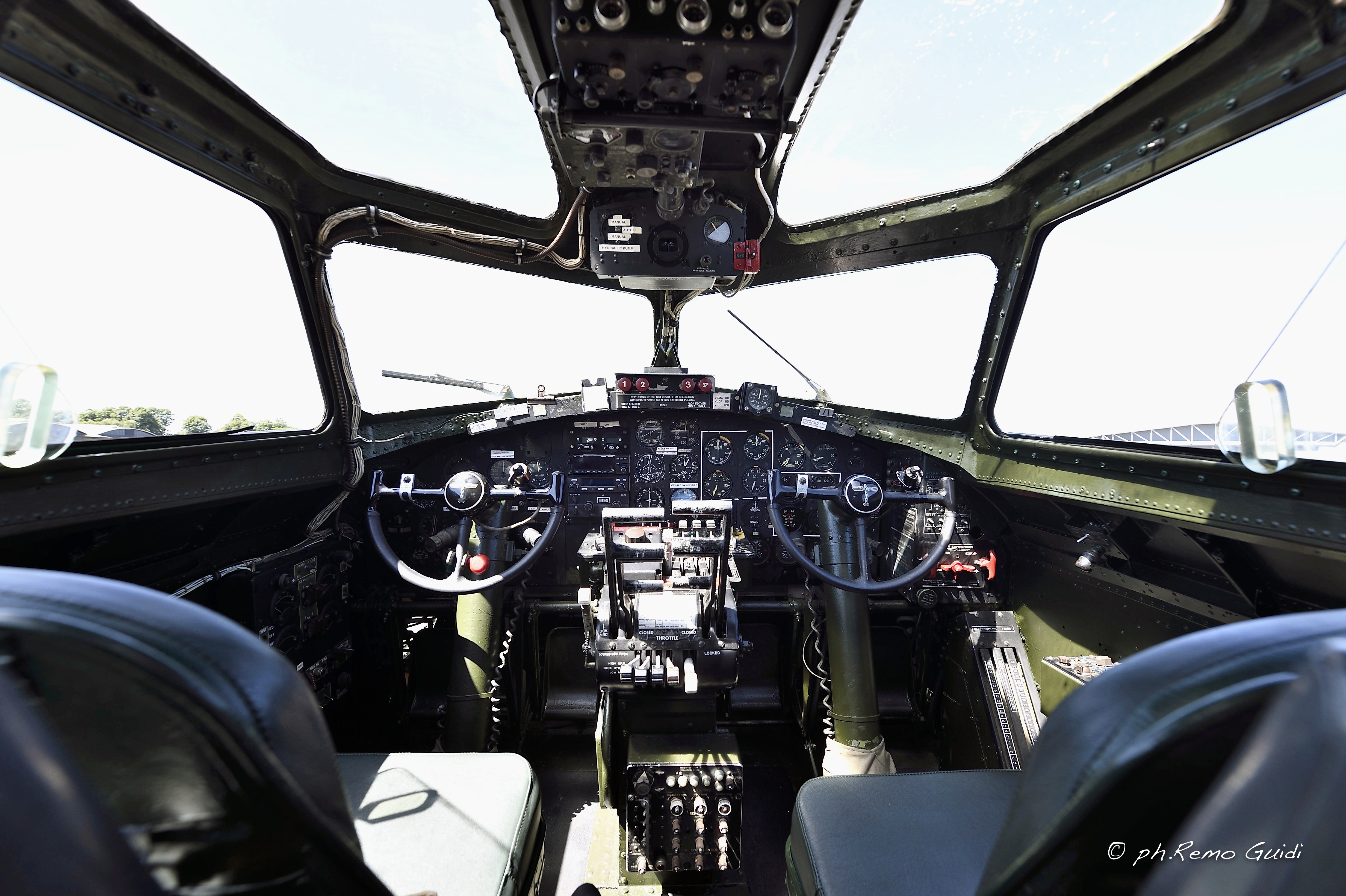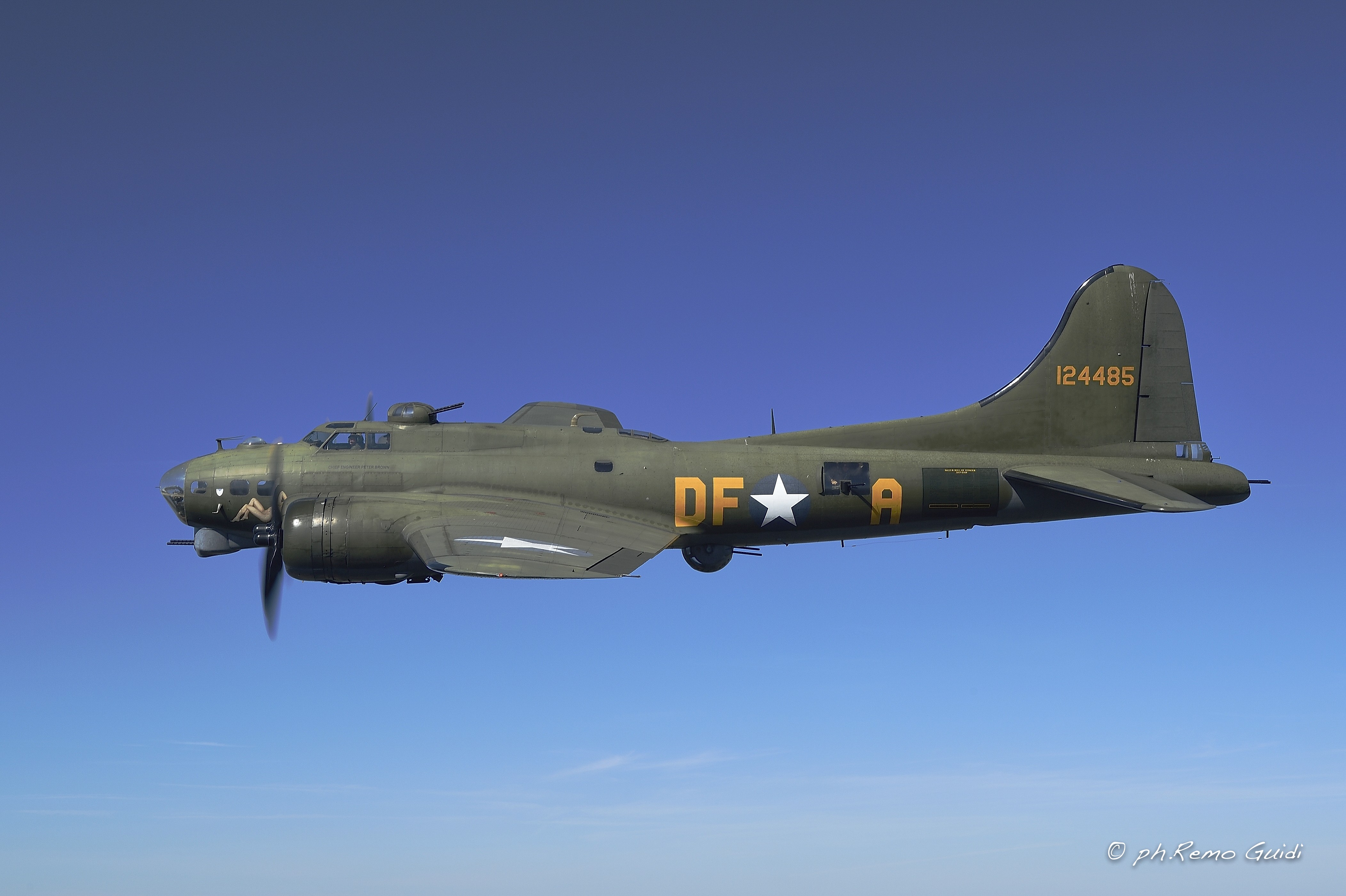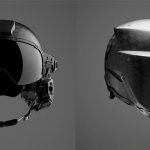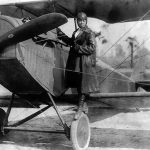Across Europe, pilots are being encouraged to install ADS-B Out devices in their aircraft. This technology improves their ‘electronic visibility’ during flight, enhancing safety. One pilot set to appreciate the benefits of ADS-B Out is Captain Peter Kuypers who is the skipper for Sally B – Europe’s last airworthy Boeing B-17 Flying Fortress.
Peter explained the situation, noting: “We are carrying out vital maintenance before we return to display flying. This will include adding ADS-B to the aircraft. It may seem strange to suggest that a 24 ton aircraft, with a 103 foot wing span needs to be more visible. However, adding a Trig TN70 GPS position source to our Trig transponder makes a lot of sense. Visibility from the pilot seat is not the best and most of our flying is at low altitude, in busy VFR airspace. Having ADS-B Out will enhance our visibility and reduce the potential risk of a collision. In fact, I would encourage all aircraft owners to install Mode S and ADS-B Out equipment, as it will enhance safety – no matter what you fly.”
Adding ADS-B Out technology to Sally B has another benefit in that vintage aviation enthusiasts will be able to ‘see’ the WWII-vintage heavy bomber long before they hear her engines on a flight! Popular apps like FlightRadar 24 will display Sally B’s position as soon as her crew switch the transponder on. Seeing her ‘live’ as she flies to an air show is now an added attraction.
Elly Sallingboe, the B-17’s operator and team leader noted: “We are grateful to Trig for their continued support. Sally B is also equipped with two Trig radios, these avionics are dependable and really suit the vintage panel. We operate as a charitable trust, and it takes a remarkable group of dedicated volunteers to keep Sally B flying. We are all keen to get Sally B back in the air, display flying whilst honoring the brave veterans, who operated the B-17 in the dark days of World War Two.”
Sally B is one of three B-17s in the United Kingdom, albeit the only airworthy example. She is based at the Imperial War Museum’s airfield in Duxford, England and flies at air shows throughout Europe, serving as an aerial memorial to the US Army Air Forces (USAAF) bomber crews and fighter pilots who lost their lives in Europe during the Second World War. The aircraft served as 44-85784 in the USAAF, who accepted the aircraft on June 19, 1945. While she arrived too late to take part in combat operations during WWII, she did serve post-war for nearly a decade. During this time, she underwent conversion into a TB-17G training variant. She later became an ETB-17G, with the E signifying exemption from all but essential technical orders for the type. The aircraft served under bailment as with General Electric at their Flight Test Center in Schenectady, New York taking part in infra-red tracking trials. After the US military retired her in 1954, France’s Institut Géographique National (IGN) bought the airframe, along with several others, for use in aerial surveys. The aircraft served within the IGN for the next twenty years until they sold her on to a consortium in the UK during 1974. She made the journey to England in 1975, registered as G-BEDF, and gradually she underwent restoration to resemble how she would have been configured on June 19, 1945. The maintenance team installed original gun turrets and other badly-needed additions in Sally B for her role as Ginger Rogers, a fictional B-17 bomber which featured in the 1981 British television series We’ll Meet Again LWT. Because her operators couldn’t hangar Sally B at Duxford, they painted the airframe over the winter of 1983/84 to protect her from the damp British climate. They chose an olive green and neutral gray livery with markings representing the 447th Bombardment Group.
Sally B took part in the 1990 film Memphis Belle as one of five flying B-17s needed for various film scenes. She underwent a few modifications to more closely resemble a B-17F for the movie, and represented several different aircraft in the film (including the Memphis Belle for one scene). She still wears the Memphis Belle paintwork on one side of her fuselage today, although the Sally B Nose-Art and the black and yellow checkerboard pattern on the starboard inner (No.3) engine cowling have returned. While that unique engine cowl artwork is not authentic to a WWII-era B-17, it serves as a special tribute to Ted White, the driving force behind Sally B’s arrival and operation in the UK. White was Ellie Sallingboe’s long-time partner at the time and nicknamed the B-17 in her honor. Sadly, Ted lost his life in the crash of his Harvard in 1982 while performing in Malta. His Harvard had a yellow and black checkerboard pattern on its nose, and soon after the accident, Ellie Sallingboe had the No.3 engine painted in a similar fashion so he could continue to fly, in spirit, with the aircraft he had fought so hard to preserve.
Since 1985, Elly Sallingboe’s B-17 Preservation Ltd has operated the Sally B. Chief Engineer Peter Brown and a team of volunteers are responsible for her maintenance and operation. Experienced commercial-rated pilots serve as her aircrew. The B-17 Charitable Trust helps to raise funds to keep the aircraft running (please be sure to contribute if you can!). In 2008 Elly Sallingboe received the Transport Trust’s Lifetime Achievement Award for more than 30 years of commitment to the preservation and operation of the UK’s only airworthy Boeing B-17 Flying Fortress as a flying monument to the tens of thousands of American crew members who lost their lives in sister aircraft during the Second World War. Indeed, one of the most important events in Sally B‘s flight calendar is the overflight of the American Military Cemetery in Madingley, Cambridge following the Memorial Day service each year. During the summer months, flypasts over former 8th Air Force bases are also conducted whenever possible. ( history provided by www.b17museum.ch)
Please be sure to contribute to the continued operation of Sally B if you can (Click HERE) as she provides such a valuable, living tribute and reminder of the 8th Air Force crews who sacrificed all, flying from, or over, the same airfields where they once served.
For more information about Trig Avionics, visit www.trig-avionics.com/







